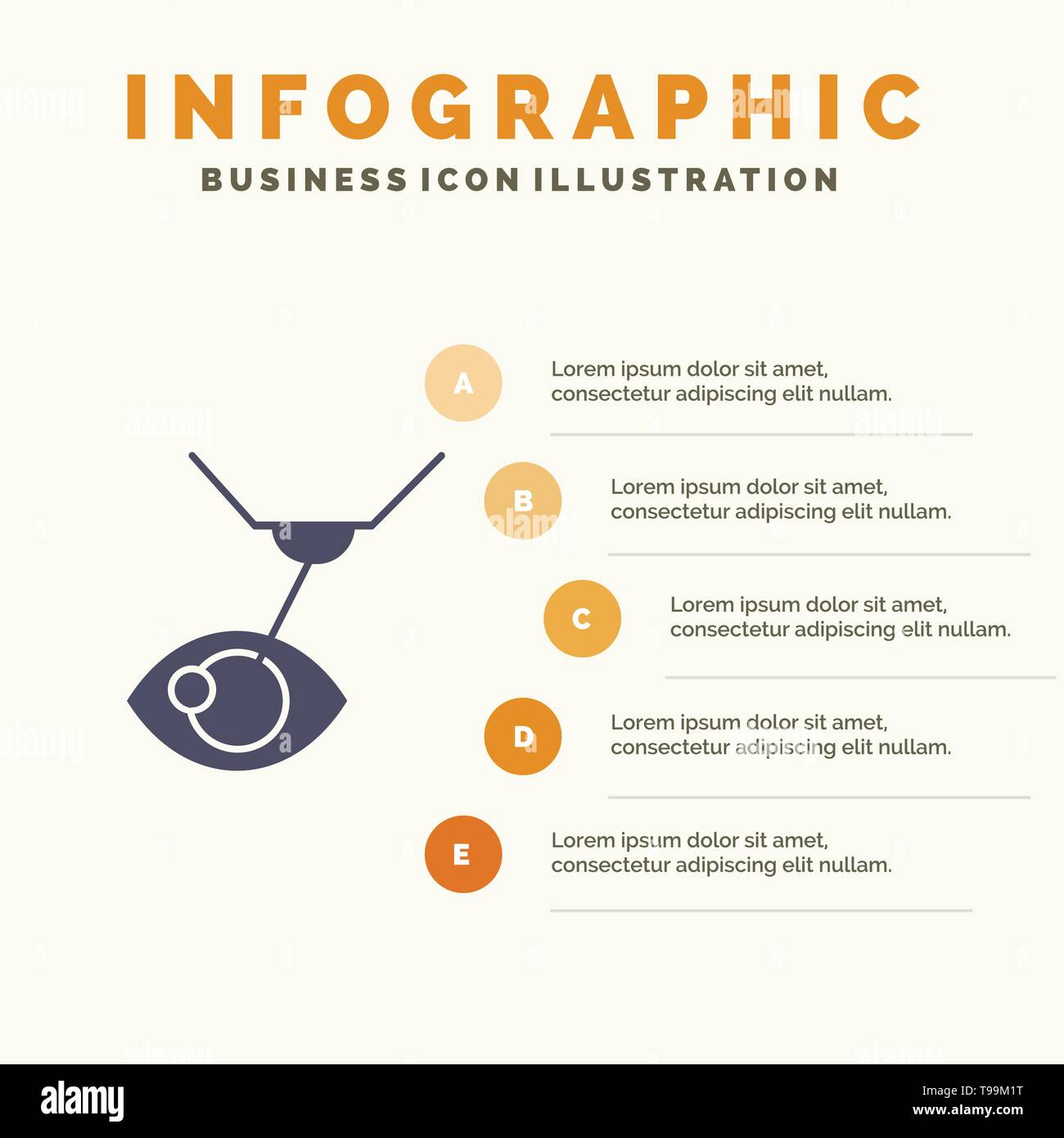Produced By-Otte Strickland
If you're taking into consideration vision modification choices, SMILE eye surgical treatment could be on your radar. This innovative procedure involves producing a tiny lenticule in the cornea to address nearsightedness and astigmatism. Unlike standard LASIK, it's much less invasive and promises quicker recovery. Nonetheless, while there are considerable benefits, there are also dangers involved. Recognizing both aspects can help you make an informed choice about your eye health and wellness. What's the recovery process like, and what should you expect?
Recognizing the SMILE Treatment
The SMILE procedure, or Tiny Incision Lenticule Removal, is a minimally invasive eye surgery made to remedy vision concerns like nearsightedness and astigmatism.
During this treatment, a laser develops a little lenticule, or lens-shaped cells, within the cornea. You will not require any stitches, as the tiny laceration permits a quick recovery.
The doctor then eliminates the lenticule through this small cut, reshaping your cornea to improve your vision. Unlike typical LASIK, SMILE does not require the production of a huge flap, which can lead to fewer issues.
You'll find that this strategy is much less disruptive to the corneal framework, possibly enhancing stability. Understanding the procedure aids you really feel much more confident as you consider your options for vision correction.
Benefits of SMILE Eye Surgical Treatment
While taking into consideration vision correction alternatives, you might find that SMILE eye surgical treatment offers several compelling advantages.
First, it's minimally invasive, needing just a little cut, which implies less disruption to your eye framework. This results in quicker healing times and less discomfort contrasted to traditional LASIK.
You'll also value its precision; SMILE uses advanced laser modern technology to reshape the cornea, offering excellent results for nearsightedness and astigmatism.
In addition, many patients report improved aesthetic high quality, with less instances of glow or halos. Given that there's no need for a corneal flap, your eyes remain much more steady post-surgery.
Lastly, the treatment typically takes simply a few minutes, permitting you to return to your daily activities quicker than with various other techniques.
Possible Dangers and Recovery Process
Although SMILE eye surgery is usually risk-free, it is very important to be familiar with possible risks that can arise during or after the treatment. Some people may experience momentary adverse effects like dry eyes, glow, or halos around lights.
In unusual cases, issues such as infection, vision loss, or the need for extra surgical treatment can take place.
Healing normally entails a couple of days off and preventing strenuous tasks. You need to follow your doctor's post-operative guidelines carefully, consisting of making use of recommended eye drops and attending follow-up visits.
Lots of clients notice boosted vision within a couple of days, but complete healing can take weeks. Remaining smile refractive surgery and offering your eyes time to heal is vital for the best outcome.
Verdict
Finally, SMILE eye surgical procedure uses a modern-day, minimally intrusive option for dealing with nearsightedness and astigmatism. With simply click the up coming site and lowered pain, it's an attractive choice for several. Nevertheless, it's important to evaluate the potential dangers against the advantages. By remaining informed and complying with post-operative treatment, you can optimize your chances of a successful end result. If you're considering this treatment, consult with your eye care professional to determine if it's right for you.

